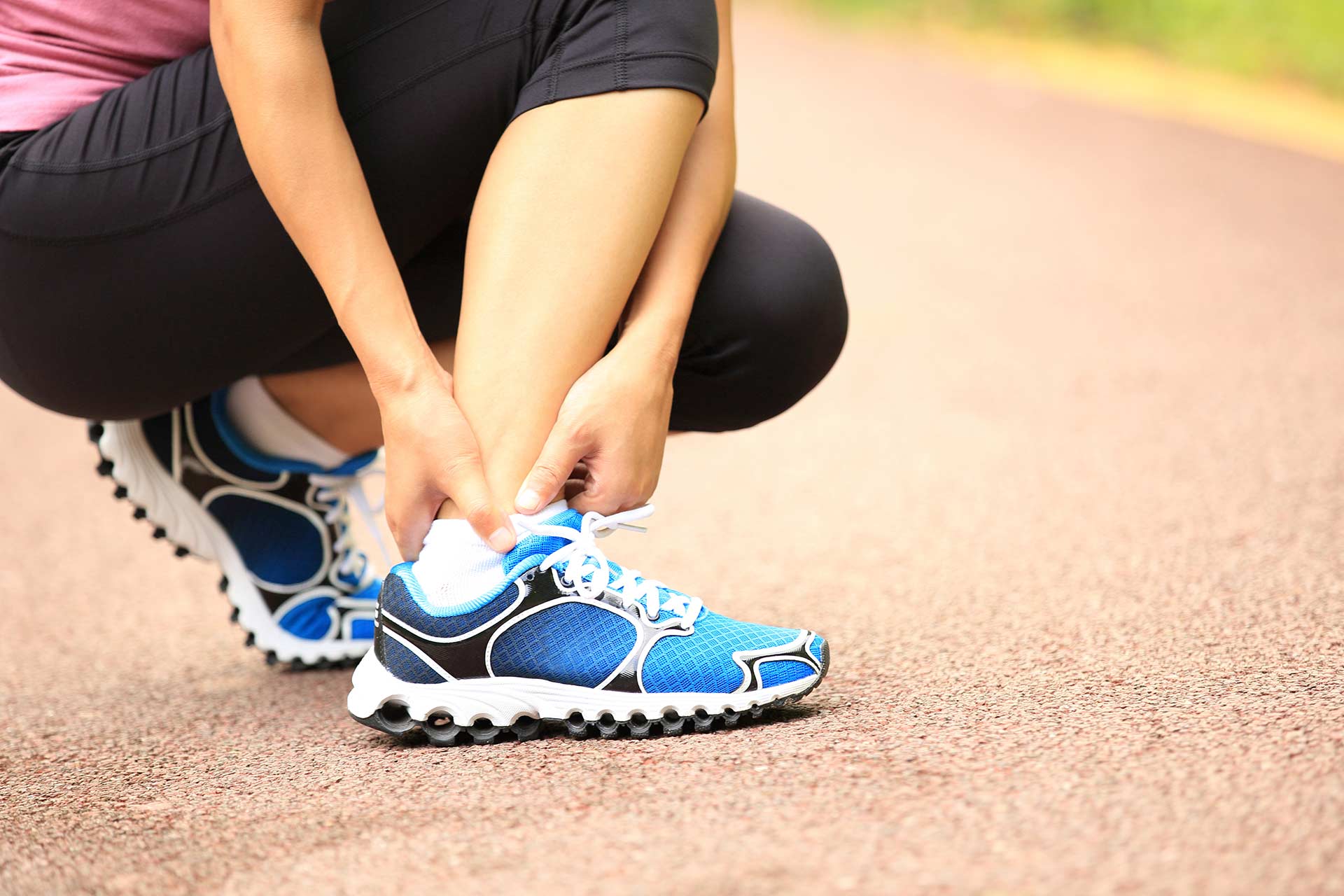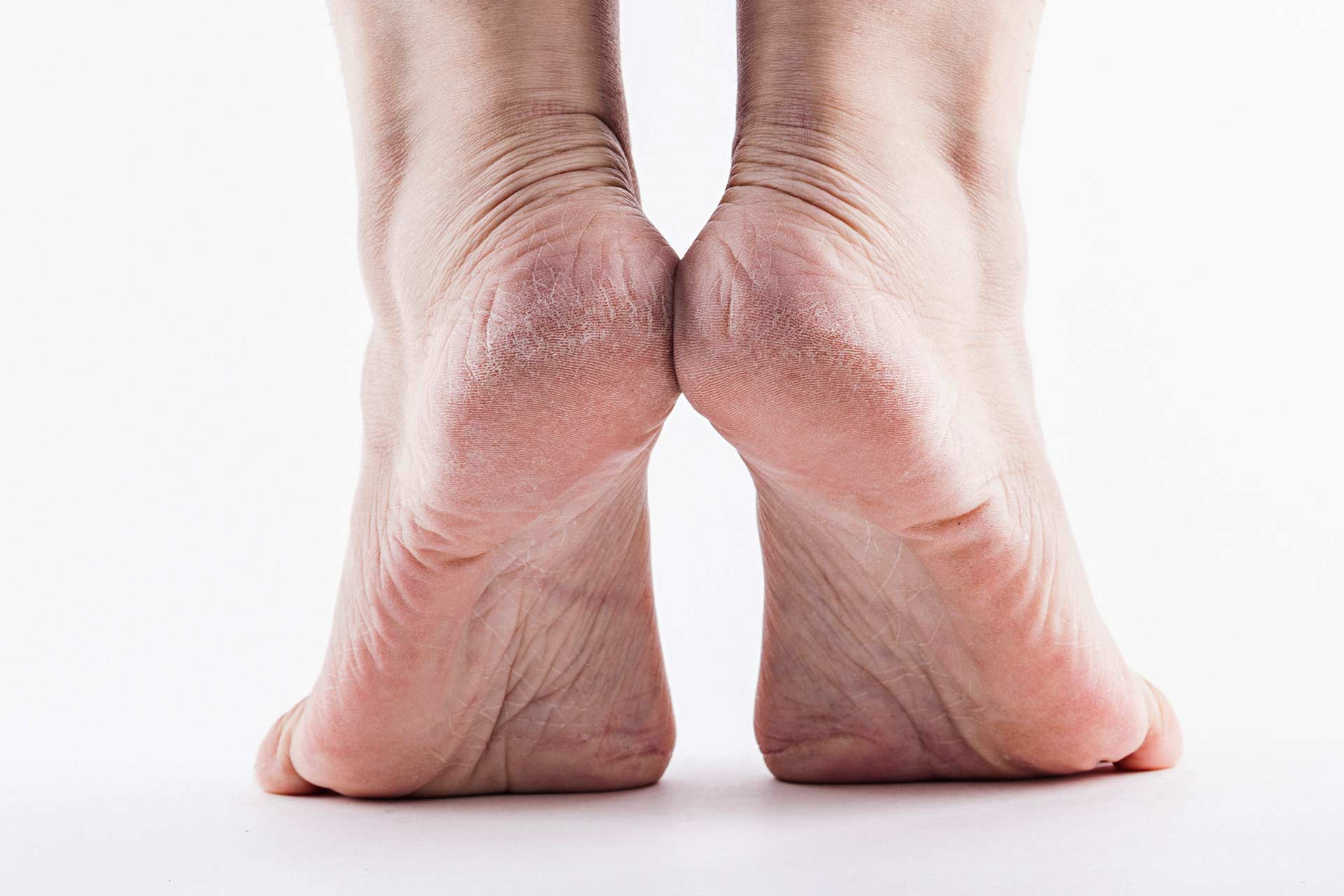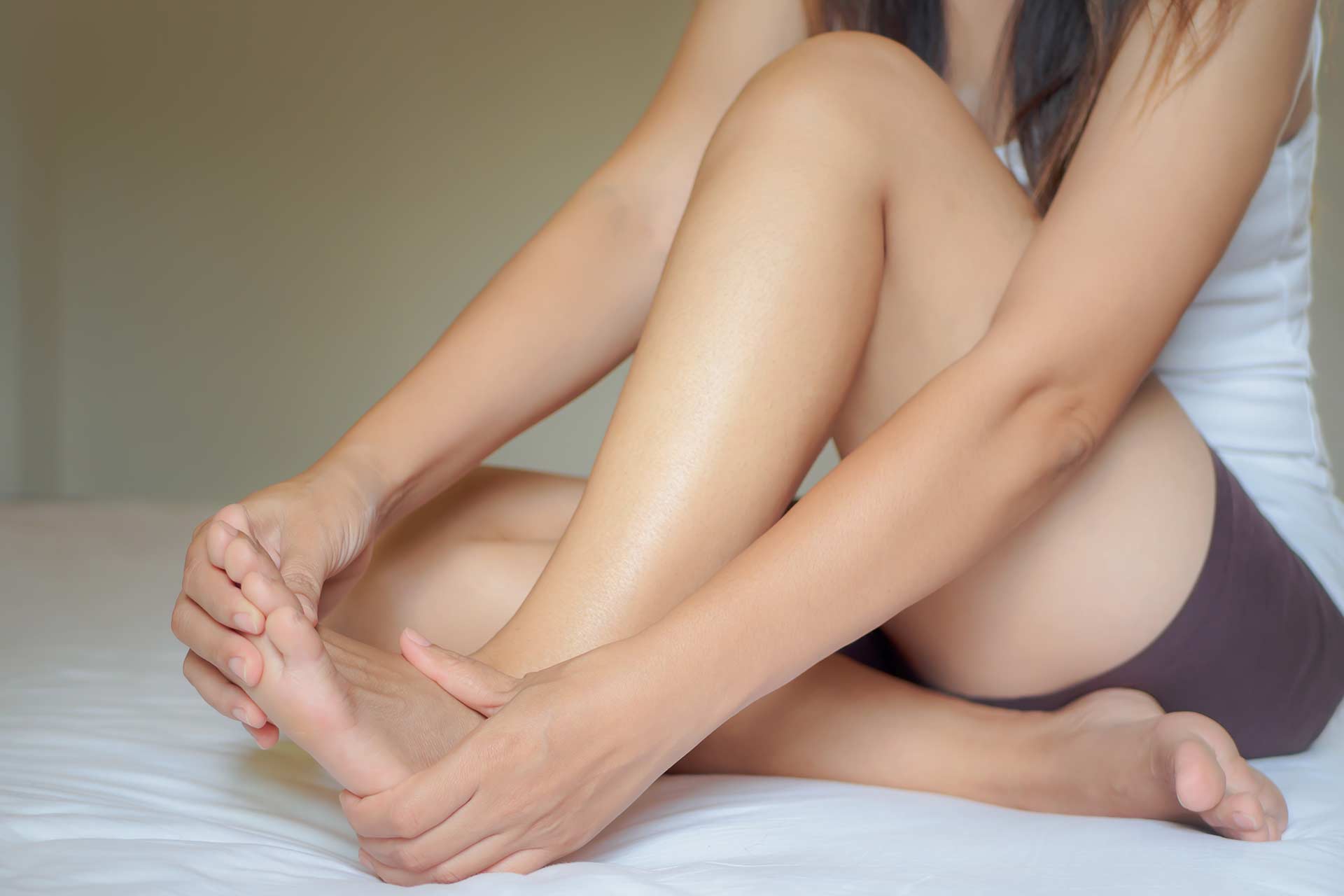5 Reasons Why Your Feet Might Be Hurting
When was the last time you paid attention to your foot health? The last time they were hurting? We spend a lot of time on our feet, and if we don’t pay attention to warning signs it can have painful consequences. Yet, somehow most people are more likely to spend their money on pedicures and designer shoes than making sure their feet have proper support.
According to the American Orthopaedic Foot and Ankle Society (AOFAS), a whopping 80% of women have foot problems. A big reason for this is that women tend to wear shoes that are too small for their feet. If you do that regularly, it’s only a matter of time until you develop bunions, corns, hammertoes or other deformities that may require surgery to fix.
If you’re currently experiencing foot pain, you may be suffering from one of these common issues.
1. Hammertoes
Hammertoe most often affect the second toe on your foot, next to your big toe, and you’ll know you have it if the joint on the toe points upward instead of lying flat. There’s also mallet toe and claw toe, which are both very similar. The only difference between the three is which joint that’s affected. Hammertoes are only bent at the middle joint, while claw toes are bent at the middle and end joints. A mallet toe is only bent at the end joint.
It's very common that the affected joints develop a corn or callus, which can rub against the roof of the shoe and be one source of pain you’re experiencing. Pain can also stem from how flexible the toe is. The more rigid your toe is, the more painful it will be.
The largest cause for hammertoes is people wearing shoes that are too small. High-heeled shoes that are narrow in the front and have no arch support are the biggest offenders, which is why women tend to develop these toe deformities more often than men. Wearing flip flops too often is another cause, which you can read more about here.
The fix? Wear shoes that fit your feet, limit the use of flip flops and if you need them, wear insoles that provide you with proper arch support.

2. Plantar fasciitis
If you’re suffering from plantar fasciitis, you’ll notice pain in your heel after getting up in the morning or when you stand up after a period of sitting down. The cause stems from having an inflamed fascia (the band of tissue that connects the heel bone to the toes).
People who develop plantar fasciitis usually fit one or more of these criteria: They have flat feet, high arches, are female, overweight, or work in a field that requires a lot of walking or standing. For example nurses, waiters, or sales associates in retail stores. People who don’t fit any of the above but likes to run a lot and have tight calf muscles can also develop plantar fasciitis.
One of the best things you can do yourself to treat this condition is to regularly stretch your calves, achilles tendon and plantar fascia. Wearing a shoe insert with proper arch support will also provide relief.

3. Achilles tendonitis
There are two types of achilles tendonitis. If you feel pain in the middle part of your achilles tendon, you probably have noninsertional achilles tendonitis. It usually affect younger active people. Then there’s insertional achilles tendonitis, which would be noticeable in the lower part of the tendon.
Causes include exercising without proper warm up, playing sports that require a lot of quick change of direction (such as basketball or tennis), wearing high heels frequently, wearing poorly fitting shoes and heel spurs.
You can treat achilles tendonitis by stretching your calf muscles, icing the tendon when you feel pain, switching to a different sport and wearing shoes that are comfortable and fit properly.

4. Heel spurs
Heel spurs are calcium deposits that form a hook-like growth under your heel bone. Only about half the number of people who develop heel spurs actually feel any pain from it, so don’t assume you have heel spurs just because you have heel pain. It could be from other conditions, such as plantar fasciitis as well.
Common causes include poor running form/technique, repeated trauma to the heel, ill-fitting shoes and obesity.
To treat heel spurs, stretch your plantar fascia, see if your doctor recommends an anti-inflammatory medicine, reduce the time you spend on your feet and use insoles that take away pressure from your heel spur.

5. Morton's Neuroma
If you ever feel like you have a small rock trapped in your shoe under the ball of your foot but there’s nothing there, you might have Morton’s Neuroma. It’s caused by the squeezing and irritation of the common plantar digital nerve, which is a small nerve that provides the sensation to the web between your toes.
The nerve runs under the transverse intermetatarsal ligament in the ball of the foot. When it becomes trapped and continues to squeeze against the ligament, chronic pain can occur.
You might feel pain in the whole side of your foot, but usually it’s confined to the area between your third and fourth toe. It’s not always constant pain, you’re more likely to have flare ups here and there. It may be more noticeable when you’re wearing shoes and are doing something active.
Women are four times more likely to get Morton’s Neuroma than men and most people develop it in their 50s and 60s. Highly active people, like runners, can develop the condition at any age, though. It probably sounds repetitive by now, but high heels and narrow shoes are again a factor when it comes to causes that can lead to conditions like Morton’s Neuroma.

Solutions?
There are definitely trends you can detect here. High heels and shoes that are too narrow are major causes of foot pain, which explains why women are more likely to suffer from any of the above conditions. There are many ways you can treat the pain, and one of the easiest is to make sure your feet have proper cushioning, arch support and room to breathe. DoctorInsole's custom-grade orthotics were designed specifically to treat as many of these conditions as possible without sacrificing comfort, effectiveness or be too expensive.
See our full line of insoles for both men and women here!



